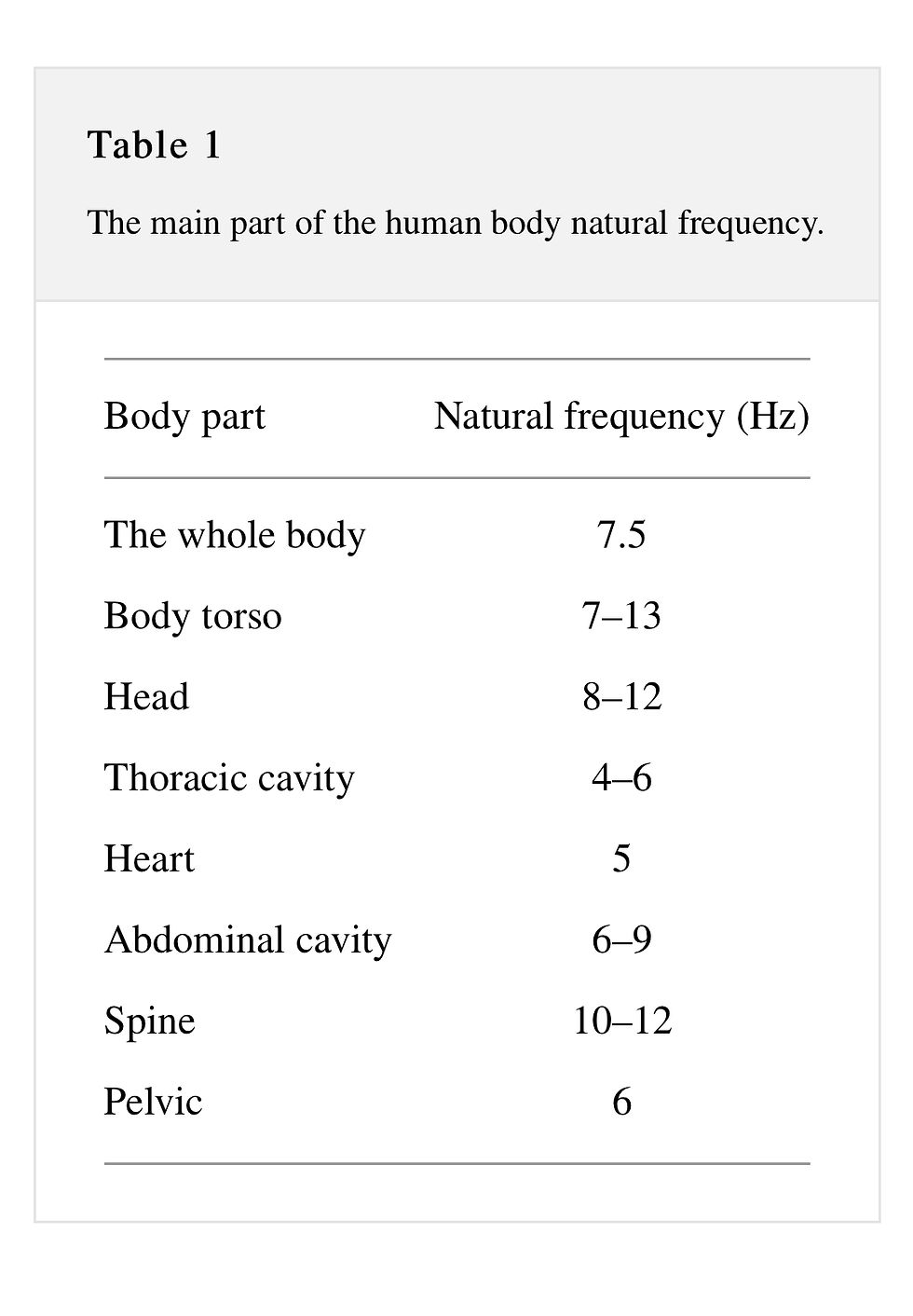BIOELECTRICITY
- jehan810
- Jan 15, 2023
- 3 min read
Updated: Jul 10, 2024
The human body is a collection of trillions of cells. Each one of these cells contains an electrical charge, which can be measured in millivolts. The average person has about 100 millivolts per cell, but this number varies depending on the individual.
Cells are also able to generate electricity through the movement of molecules within the cell. This process is called bioelectricity and is used by our bodies for many different things, including blood circulation and muscle contraction.
You can't see it, smell it or touch it. Yet 90 percent of the human body is made of it. About 1 percent of our body weight is bioelectricity. Cells are made up of molecules—amino acids, proteins, carbohydrates, and lipids—which themselves have an electric charge. These charges interact with each other to form a "bioelectric" field around each cell.
The term "bioelectricity" is often used interchangeably with electromagnetism, but they're not exactly the same thing. Electromagnetism involves magnetic fields, while bioelectricity refers specifically to the movement of electrons through molecules.
CELLS ARE LIKE LITTLE BATTERIES
Bioelectricity is generated by moving electrons through the cell membrane from one side to another. This creates an electric current that can be measured by applying a voltage across two points on either side of the membrane using a voltmeter (also known as an electrometer).

When we eat food or drink water, our cells absorb nutrients such as sodium and potassium ions through channels in their membranes; these ions then move back out through other channels and generate an electric current that powers our bodies functions.
Bioelectricity is an electric current that flows through living cells or tissues. It's produced when chemical reactions take place within these cells. This reaction releases electrons from atoms and molecules within the cells and give off a small electric charge that moves around inside the cell. This flow of electrons produces an electric current that can be measured outside of the organism's body using special equipment.
* Image for reference and educational purposes only.
WHAT IF WE COULD USE THE POWER OF ELECTRICITY TO POWER OURSELVES?
The concept of bioelectricity is one that has been around since the late 19th century. In 1887, a German psychiatrist named Paul Julius Möbius hypothesized that the body and brain electrical activity could be measured by attaching electrodes to the surface. Since then, research on bioelectricity has become more prevalent and sophisticated.
In the early 20th century, German chemist and physicist Hans Berger was studying the body when he noticed at times, his equipment would pick up a faint electrical signal that seemed to be coming from inside his head. This observation led to the discovery of bioelectricity, the study of electricity in living organisms.
The Schumann resonance theory was first proposed in 1952 by biophysicist Winfried Otto Schumann. It suggested that there are natural electromagnetic fields around us at all times, and these fields are generated by the earth itself. These fields are also affected by solar flares and other cosmic phenomena—which means that they're present all over the world, even in places where people live in relative isolation from eachother.
They're thought to have an effect on all living things made up of molecules. These have an atomic structure which is itself comprised of charged particles like protons and electrons that can be manipulated by outside forces like these electromagnetic fields. The earth's electromagnetic field changes with time and location, so this frequency varies slightly depending on where you are on the planet.
These fields are caused by the ionosphere and resonate at approximately 7.83 Hz (or cycles per second). The resonance is a phenomenon that occurs as a result of the interaction between the earth's electromagnetic field and the atoms in our bodies.
7.83 HZ IT IS EXACTLY HALF OF THE ELECTROMAGNETIC FREQUENCY OF SUNLIGHT!
It wasn't until the 1960s that researchers found a way to measure this phenomenon directly. They discovered that people's bodies are surrounded by an electromagnetic field (EMF) with a frequency of around 7-13 Hz—the Schuman resonance (SR).
The SR is caused by the movement of ions and molecules across cell membranes and between cells in your body. The frequency at which these particles move around is related to their size: smaller molecules vibrate faster than larger ones. A person with a higher level of Schuman resonance will generate more electricity than someone with a lower level of Schuman resonance.
This phenomenon of bioelectricity which interacts with the earth's electromagnetic field interacts with atomic structures in our bodies to produce electricity and has been shown to have positive effects on humans.
Bioelectricity is an amazingly powerful force of nature, but it can be harnessed for better understanding in many fields.
Comments